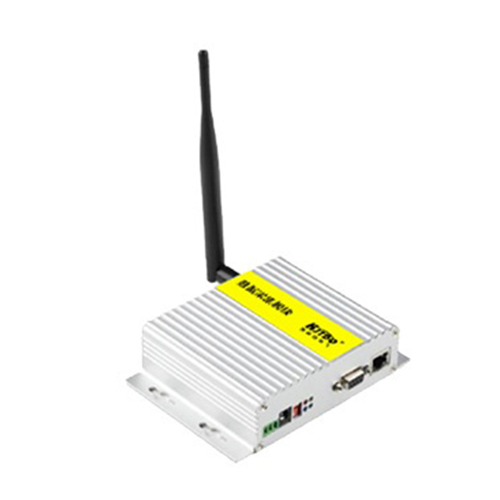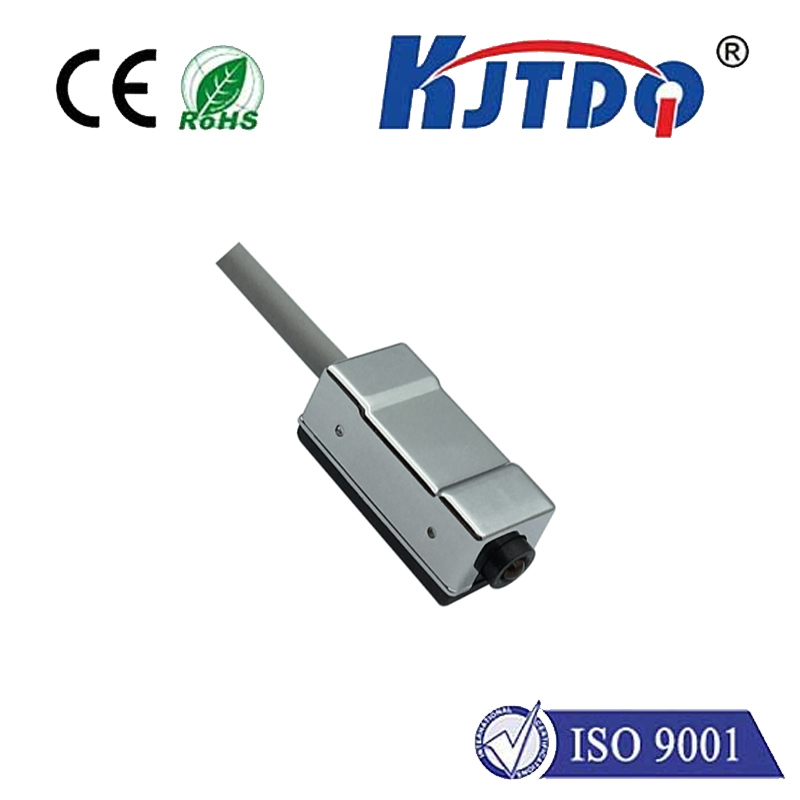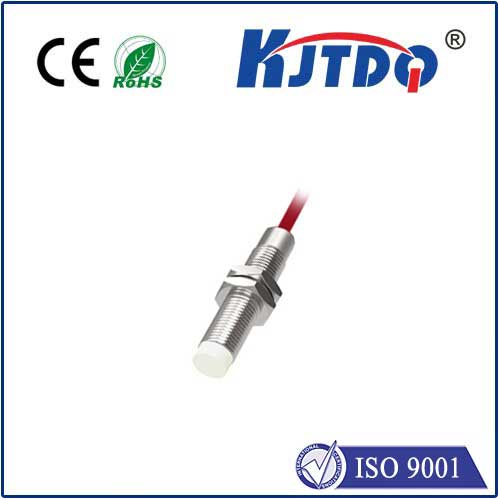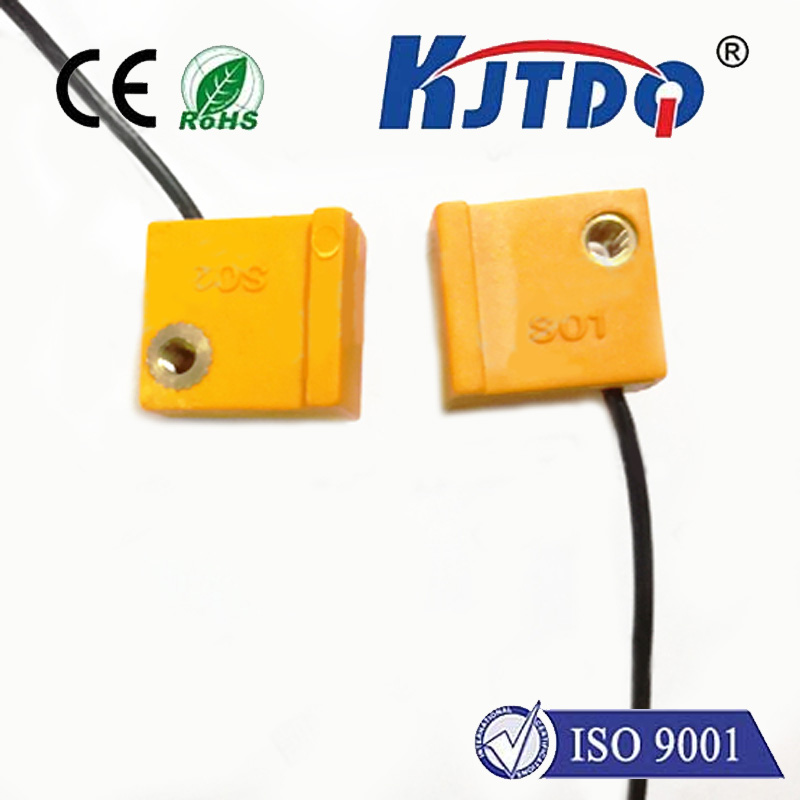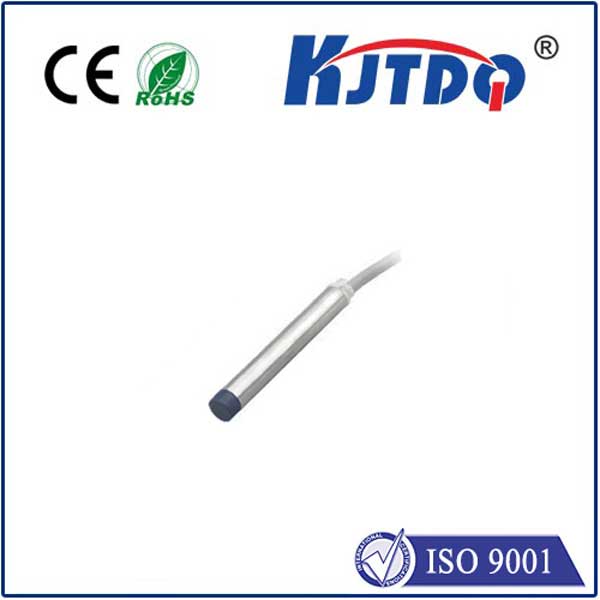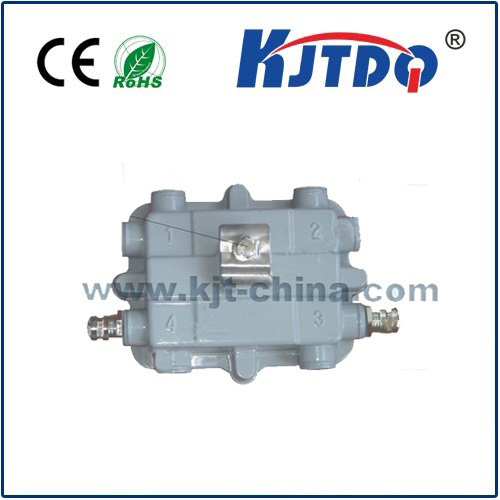photoelectric sensor pm4tpbr polarized reflection4
- time:2025-09-15 09:27:42
- Нажмите:0
Cutting Through the Glare: How the PM4TPBR Polarized Retro-Reflective Sensor Solves Tricky Detection Challenges
Mastering Shiny Object Detection: The Power of the PM4TPBR Polarized Retro-Reflective Photoelectric Sensor
Imagine a production line bottling sparkling beverages. Glossy labels zip past, reflecting light wildly. Or picture robots handling polished metal components. Standard photoelectric sensors often get fooled by this glare, registering false signals or missing detections entirely. This is where specialized technology like polarized retro-reflective sensing shines, and devices like the Omron PM4TPBR become indispensable tools for robust automation. This article dives into the core strengths of this sensor type and explores why the PM4TPBR is a go-to solution for reliably detecting challenging targets in demanding industrial environments.
The Problem: When Light Deceives
Standard retro-reflective photoelectric sensors work on a simple principle: the sensor emits light towards a reflector, which bounces the beam back to the receiver. When an object interrupts this beam, the sensor detects the absence of the returning light. Simple and effective – until glossy objects enter the scene. Shiny surfaces like polished metal, glass, liquid surfaces, or high-gloss plastic can act like accidental reflectors. They might reflect the sensor’s emitted light beam directly back to the receiver, mimicking the signal from the intended reflector. This causes the sensor to mistakenly believe the path is clear when, in fact, an object is present. This “false negative” or unreliable detection is a major headache on the factory floor.
The Solution: Polarized Retro-Reflective Sensing Enter the Polarizing Filter

Polarized retro-reflective sensors like the PM4TPBR ingeniously solve this problem using the physics of light polarization. Here’s the breakdown:
- Polarized Emission: The sensor’s emitter sends out light that is linearly polarized. Think of this light as waves vibrating on a single, specific plane (e.g., vertical).
- Special Retroreflector: Unlike a standard mirror, the retroreflector used with these sensors is designed with a corner-cube prism structure or a specific film that rotates the plane of polarization. Typically, this rotation is 90 degrees. So, vertically polarized light hitting the reflector gets converted to horizontally polarized light bouncing back.
- Polarized Reception: The sensor’s receiver incorporates a polarizing filter oriented at 90 degrees to the emitter’s filter (e.g., horizontal). This filter *only allows light vibrating in that specific horizontal plane to pass through to the receiver element.**
- The Clever Discrimination:
- Reflected Light from Target: When light hits a shiny target (like a metal surface), it generally reflects off at the same angle (like a mirror). Crucially, this specular reflection typically preserves the original polarization of the light. So, the vertically polarized light emitted bounces off the shiny target and remains vertically polarized. When it tries to enter the receiver’s horizontal polarizing filter, it gets blocked. The receiver doesn’t see this light.
- Reflected Light from the Official Reflector: When the light beam travels unobstructed to the special retro-reflector, the reflector does its magic: it rotates the polarization by 90 degrees (e.g., vertical becomes horizontal). This correctly polarized light (now horizontal) easily passes through the receiver’s horizontal filter and is detected.
The PM4TPBR: Engineered for Reliability in Harsh Environments
The Omron PM4TPBR isn’t just any polarized retro-reflective sensor; it’s designed with industrial robustness in mind. Key features typically associated with this model include:
- Enhanced Resistance to Background Interference: Its optics and circuitry are finely tuned to focus on the reflected beam from its specific reflector, minimizing false triggers from ambient light or other light sources nearby. Environmental light immunity is crucial for stability.
- Long Sensing Range: Models like the PM4TPBR can achieve detection distances of several meters (often 0.1m to 4.0m), offering significant flexibility in machine layout.
- Rugged Construction: Built to withstand typical industrial hazards: resistant to cutting oils, coolants, and dust ingress (often rated IP67), ensuring longevity on messy production lines. Vibration resistance is also a key design consideration.
- Stable Detection: Advanced algorithms and high-quality components provide consistent performance, even with targets featuring varying reflectivity or in environments with temperature fluctuations. Operational stability is paramount.
- Clear Status Indication: Bright, easy-to-see indicators (usually both red and green LEDs) provide instantaneous feedback on power status and output state, simplifying setup, troubleshooting, and maintenance – enhancing operator productivity.
- Compact Design: Its relatively small form factor allows for easy integration into machinery where space is often at a premium.
Where the PM4TPBR Excels: Ideal Applications
The unique capability of the PM4TPBR polarized retro-reflective sensor makes it invaluable in scenarios where detection reliability is compromised by shiny surfaces:
- Packaging Lines: Detecting shiny foil wrappers, metallic labels, glass bottles, or plastic containers with glossy finishes. Eliminates false triggers that plague standard sensors.
- Metalworking & Machining: Reliable detection of polished metal parts, stamped components, or sheet metal during transfer or machining processes. Handles glare from coolant-covered surfaces.
- Automotive Manufacturing: Presence verification of painted car bodies (which can be surprisingly reflective with clear coats), chrome parts, or polished components on assembly lines.
- Beverage & Liquid Filling: Bottle presence verification on conveyors (handling clear or tinted glass/plastic), detecting liquid levels in shiny tanks (when used appropriately with reflectors), and ensuring cap placement on metallic or glossy lids.
- Logistics & Warehousing: Detecting pallets, crates, or totes that may have shiny strips, labels, or plastic wrapping.
Advantages Over Other Sensor Types
Compared to standard retro-reflective or diffuse reflection sensors, the PM4TPBR polarized sensor offers distinct advantages:
- Superior Rejection of Shiny Objects: This is its core strength, solving the problem where others fail.
- Simplified Installation vs. Through-Beam: While through-beam sensors (separate emitter/receiver) offer excellent reliability and long range, they require precise alignment on both sides of the target path. Polarized retro-reflective sensors like the PM4TPBR only require wiring and alignment on Один. side, with the reflector mounted opposite. Simpler installation often means faster setup and lower cost.
- Longer Range than Diffuse Sensors: Diffuse sensors bounce light directly off the target. Their range is inherently limited, especially for poorly reflective targets. The PM4TPBR leverages the efficient retroreflector, offering significantly longer detection distances.
- Improved Performance in Dirty Environments: Compared to diffuse sensors, which rely on the reflectivity of the target itself (which dirt can obscure), the retro-reflective principle using a clean reflector is generally more robust against target surface contamination.
Implementing Effectively: Tips for Success
To maximize the performance of your PM4TPBR or similar polarized retro-reflective sensors:
- Choose the Correct Reflector: Always use the manufacturer-specified reflector designed for polarized sensors. Standard reflectors will not rotate polarization correctly.
- Ensure Clean Optics: Keep both the sensor window and the reflector clean. Dust, oil, or grime significantly reduce light intensity and sensing reliability.
- Secure Mounting: Protect the sensor and reflector from vibration or shock that could misalign the beam.
- Avoid Angled Shiny Surfaces: While highly effective against frontal glare, be mindful that extremely shiny


